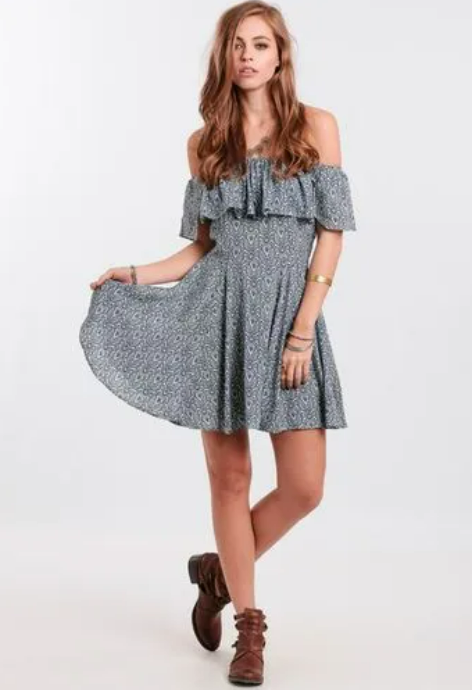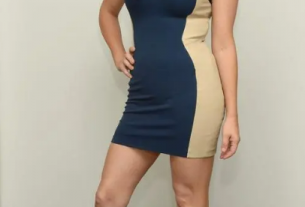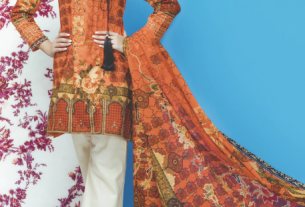In the realm of fashion, where self-expression knows no bounds, color blocking emerges as a dynamic and visually striking technique. This artful approach to dressing involves pairing solid blocks of contrasting colors to create eye-catching and bold ensembles. In this guide, we delve into the fascinating world of color blocking, offering insights and tips to help you master this expressive and fashion-forward technique.

**1. Understanding Color Blocking: The Basics
Definition: Color blocking is a technique that involves wearing solid blocks of contrasting colors in one outfit.
Objective: The aim is to create visually interesting and harmonious outfits by strategically combining colors.
**2. Choosing the Right Colors: The Color Wheel is Your Guide
Complementary Colors:
- Choose colors that are opposite each other on the color wheel for high contrast.
- Examples: Blue and orange, red and green, or yellow and purple.
Analogous Colors:
- Select colors that are next to each other on the color wheel for a more subtle look.
- Examples: Blue and purple, red and orange, or yellow and green.
Triadic Colors:
- Opt for three colors evenly spaced around the color wheel for a balanced and vibrant combination.
- Examples: Red, yellow, and blue or orange, green, and purple.
**3. Playing with Intensity: Bold vs. Subtle Color Blocking
Bold Color Blocking:
- Pair highly saturated and vivid colors for a statement-making look.
- Example: Red pants with a bright blue top.
Subtle Color Blocking:
- Combine muted or pastel colors for a more understated and sophisticated appearance.
- Example: Soft pink trousers with a light lavender blouse.
**4. Balancing Proportions: Creating Visual Harmony
Equal Proportions:
- Divide your outfit into equal sections of different colors for a balanced look.
- Example: A dress with alternating color blocks from top to bottom.
Accent Proportions:
- Use one color as the main hue and another as an accent for a focal point.
- Example: A predominantly black outfit with a pop of red in the shoes.
**5. Monochromatic Color Blocking: Elevating a Single Hue
Monochromatic Elegance:
- Experiment with different shades of a single color for a sophisticated and elongating effect.
- Example: Light blue pants paired with a navy blue top.
**6. Accessorizing for Impact: Adding Texture and Interest
Bold Accessories:
- Introduce accessories in a contrasting color to make the color blocking pop.
- Example: Color-blocked outfit with a statement handbag in a complementary color.
Neutral Accessories:
- Use neutral accessories to anchor the look and allow the color blocking to take center stage.
- Example: Color-blocked dress paired with nude heels and a neutral handbag.
**7. Mixing Patterns with Color Blocking: A Playful Twist
Strategic Pattern Mixing:
- Combine color blocking with subtle patterns for a dynamic and playful ensemble.
- Example: Color-blocked skirt with a striped top in coordinating colors.
**8. Experimenting with Textures: Adding Depth to Your Look
Textured Color Blocking:
- Mix materials and textures within the color blocks for added depth and interest.
- Example: A woolen color-blocked sweater paired with sleek leather pants.
Conclusion: Express Yourself with Colorful Confidence
Color blocking is a celebration of creativity and individuality, offering a canvas to express your style with boldness and confidence. Whether you opt for high-contrast combinations or subtle harmonies, mastering the art of color blocking opens up a world of sartorial possibilities. So, embrace the vibrant hues, mix and match with flair, and let your wardrobe become a living masterpiece that reflects the unique palette of your personality. Remember, in the world of color blocking, there are no rules—only boundless opportunities for self-expression and style innovation.





